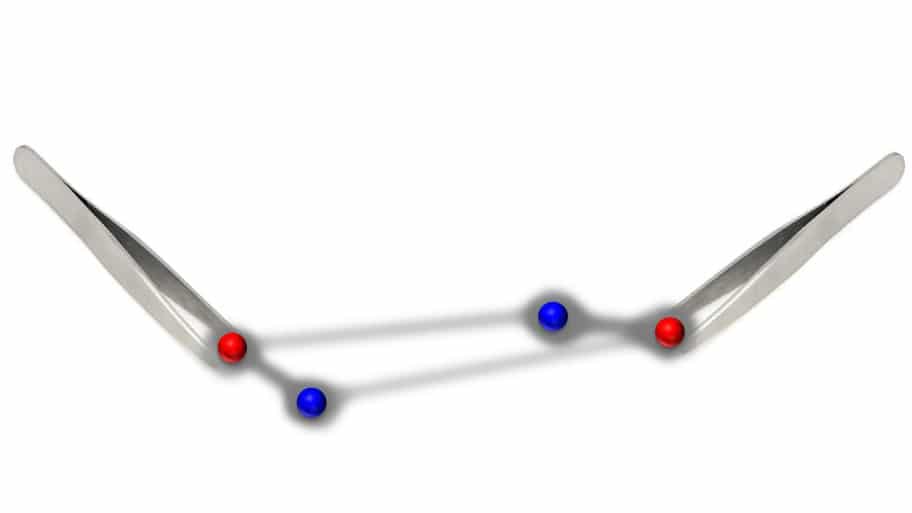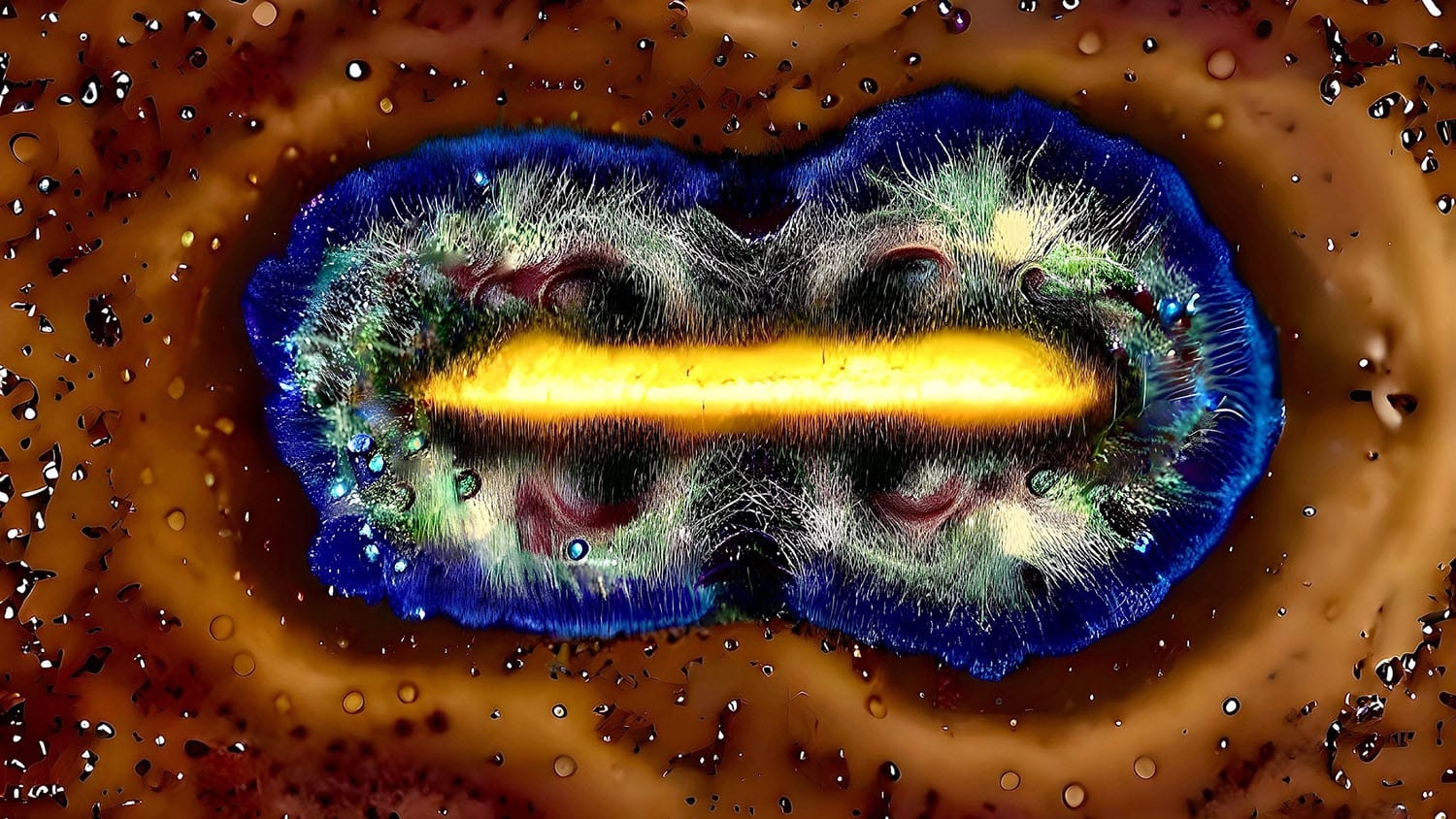Physicists Use Numerical ‘Tweezers’ to Study Nuclear Interactions

Researchers from North Carolina State University and the Ruhr-Universität Bochum have developed numerical “tweezers” that can pin a nucleus in place, enabling them to study how interactions between protons and neutrons produce forces between nuclei. They found that the strength of local interactions determines whether or not these nuclei attract or repel each other, shedding light on the parameters that control attraction or repulsion in quantum bound states.
“Ultimately we want to understand how nuclear forces determine nuclear structure by studying how nuclei attract or repel one another,” says Dean Lee, professor of physics at NC State and corresponding author of a paper describing the work. “So we needed a way to hold particles in place and move them around relative to one another in order to measure attraction or repulsion.”
Lee, along with Ruhr-Universität Bochum colleagues Evgeny Epelbaum and Hermann Krebs and graduate student Alexander Rokash, utilized a numerical lattice with attractive potentials in order to isolate the particles they wanted to study. The attractive potentials created a way for a particle to get “stuck” in one place – like a hole in the ground that a marble could roll into. These were the numerical tweezers.
The team began simulations with two single particles held in different positions, then with particle pairs. They looked at two types of interactions between the groups of particles: local interactions, where the particles’ positions relative to one another don’t change; and non-local interactions, where the positions do change.
“We found that the local interactions had a much bigger effect on determining whether nuclei would stick together, or become bound,” Lee says. “Specifically, the strength and range of the local interactions determined whether or not the nuclei would bind to each other. In non-local interactions, on the other hand, the nuclei sometimes repelled each other.
“We’re interested in finding out why nuclei bind together to form new elements,” Lee continues. “Numerical tweezers allow us to do simple simulations using just a few particles, giving us insight into the most basic particle interactions and the ways in which nuclear interactions inform nuclear structure.”
The findings appear in Physical Review Letters. Rokash is first author of the paper. Funding was provided in part by the U.S. Department of Energy (DE-FG02-03ER41260). The computer simulations were conducted at the Kavli Institute for Theoretical Physics at the University of California, Santa Barbara.
-peake-
Note to editors: An abstract of the paper follows.
“Effective Forces Between Quantum Bound States”
DOI: 10.1103/PhysRevLett.118.232502
Authors: Alexander Rokash, Evgeny Epelbaum and Hermann Krebs, Institut fur Theoretische Physik II, Ruhr-Universität Bochum, Germany; Dean Lee, North Carolina State University
Published: Physical Review Letters
Abstract:
Recent ab initio lattice studies have found that the interactions between alpha particles (4He nuclei) are sensitive to seemingly minor details of the nucleon-nucleon force such as interaction locality. In order to uncover the essential physics of this puzzling phenomenon without unnecessary complications, we study a simple model involving two-component fermions in one spatial dimension. We probe the interaction between two bound dimers for several different particle-particle interactions and measure an effective potential between the dimers using external point potentials which act as numerical tweezers. We find that the strength and range of the local part of the particle-particle interactions play a dominant role in shaping the interactions between the dimers and can even determine the overall sign of the effective potential.
This post was originally published in NC State News.
- Categories:


